It’s easy to argue the case for famous European cities being best visited in the winter. You avoid the crowds, the heat, the fight for a decent hotel. It’s far easier to get into the most famous attractions out of peak season and you find yourself with time to look at all the things you wanted to see in a particular gallery or museum – without jostling and elbows.
What you don’t get, of course, is the weather. Or so I thought when I arrived on 1 November in Barcelona. By the time I got to beachside restaurant Agua for a late lunch at 2.30 (late by UK standards but definitely not by Spanish ones), it was well into the 20s with families playing on the sand and swimming in the sea. To say I was surprised is an understatement. The blue skies are a bonus but the real benefit of visiting Barcelona at this time of year is you can get to see everything.
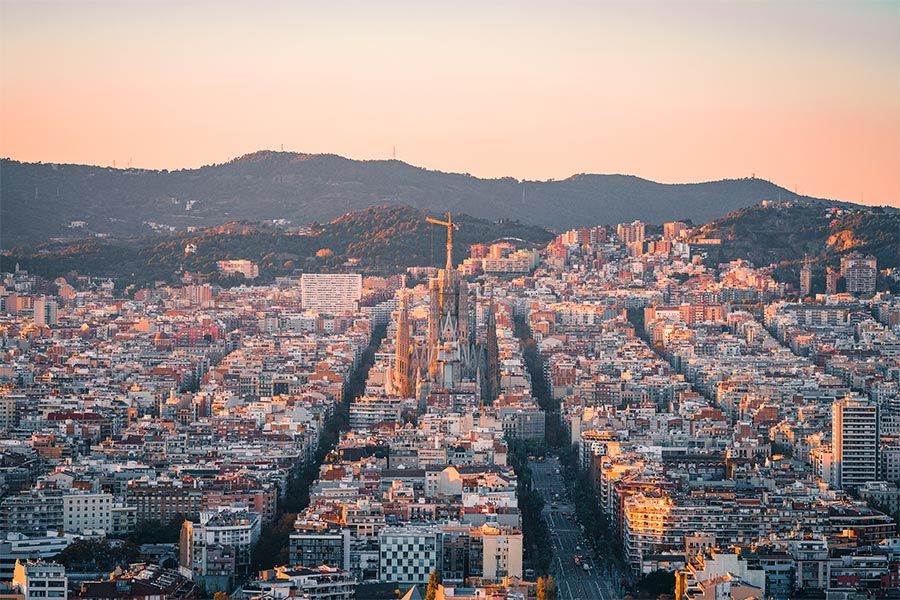
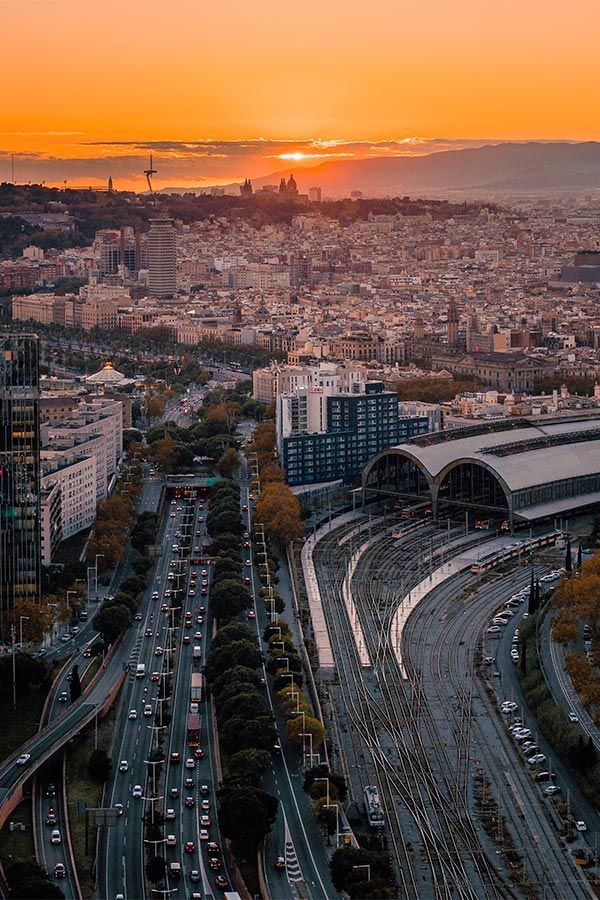
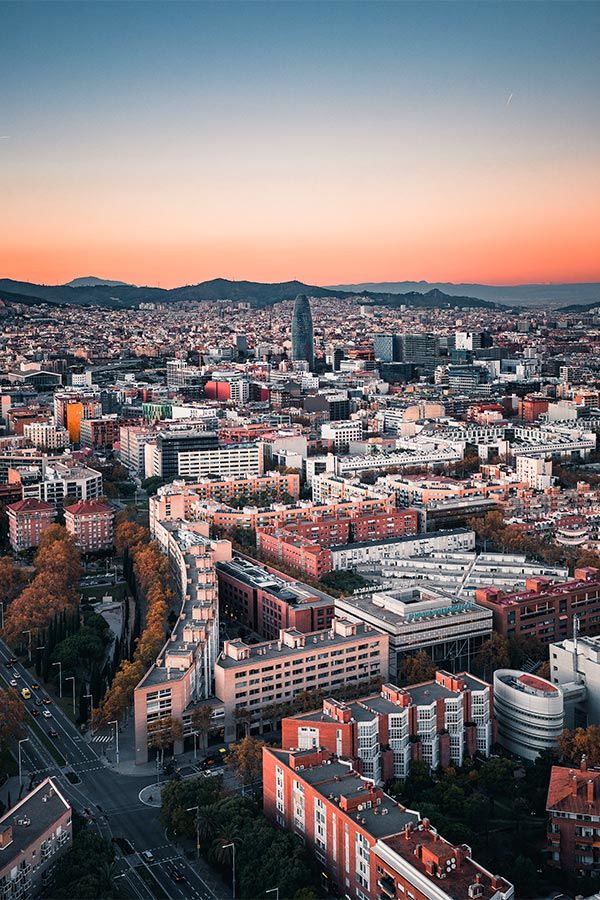
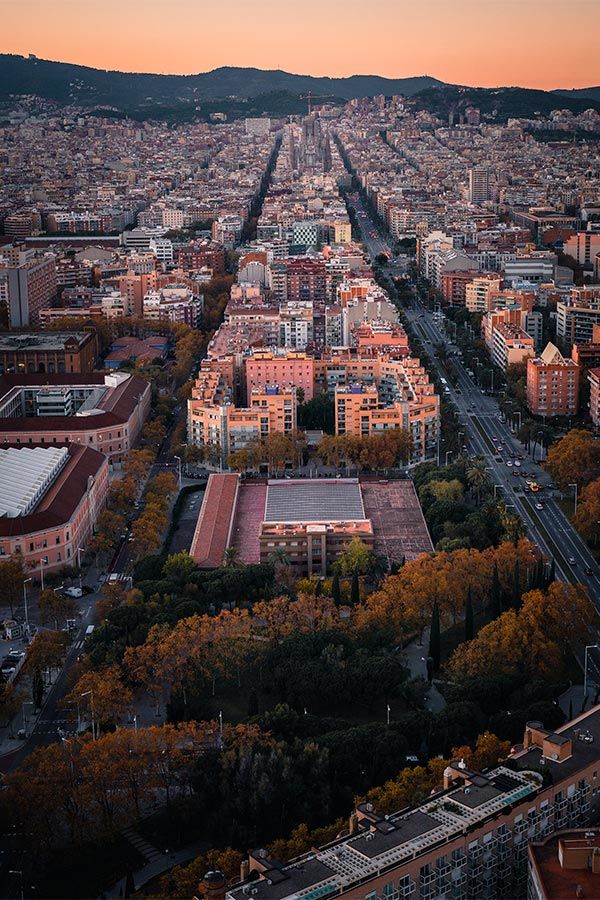

Touring Gaudi
La Sagrada Familia is iconic and, if you do nothing else while you’re in Barcelona, you simply have to visit this place. However, it’s not the only Gaudi in town. There’s a whole list of them and you can spend a great day exploring them all on a kind of Gaudi homage trail. Gaudi reveals himself in his own words (on your audio guide) at La Pedrera, also known as Casa Mila – his last great work before embarking on LSF.
La Pedrera is not only a revelation in terms of how wealthy families lived 100 years ago in Barcelona, it shows the evolution of Gaudi’s work – his inspiration from the natural world that led to his remarkable organic compositions. There are, too, the contemporary innovations he made. They might seem the norm to us today but at the time an apartment block with two lifts, an early version of a spyhole so you knew who was outside your door and a very, very early example of an underground car park were the height of modern living.
Surely, this combination of revolutionary artistic ideas with a fascination with the most seemingly mundane practicalities of life makes Gaudi the rarest of birds. If you have time, visit Park Guell where Gaudi’s house is now a museum open to the public and the park itself is filled with some of the most extraordinary examples of his work. You can also pass by Casa Batllo with its famous “skull and bones” balconies, though sadly you can’t go in.
A walkable city
But passing by is part of the fun here. Barcelona is a city made for strolling – particularly when the temperatures have cooled off a little. The majority of the city was laid out in a distinctive grid system in the nineteenth century, criss-crossing wide tree-lined boulevards with smaller residential roads and opening into squares of all sizes. The most famous street is, of course, La Rambla (or Las Ramblas – no consensus on this one!) but it is sadly famous, too, for its pickpockets – never, ever take any valuables with you!
It’s easy to find your way around because of the grid system and Barcelona is, in any case, quite a small city. The grid system does not extend to the oldest part, though, the appropriately named Gothic Quarter. Its ancient narrow streets are full of surprises. I came across – quite by chance – beautiful churches, the columns of a Roman temple, some bijou shops, the Santa Caterina market (a must for foodies) and an alleyway called carrer del Paradis. Barcelona’s answer to “stairway to heaven” perhaps?
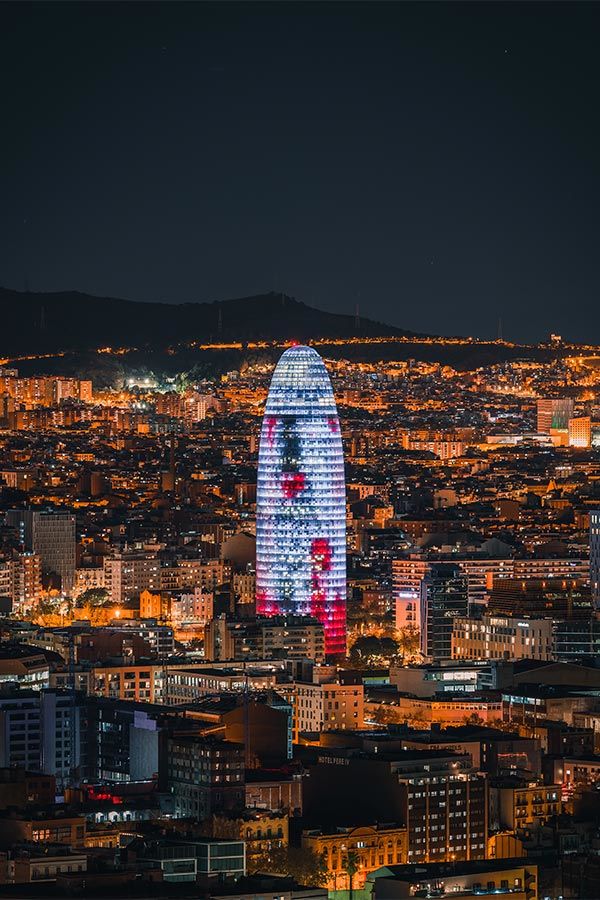
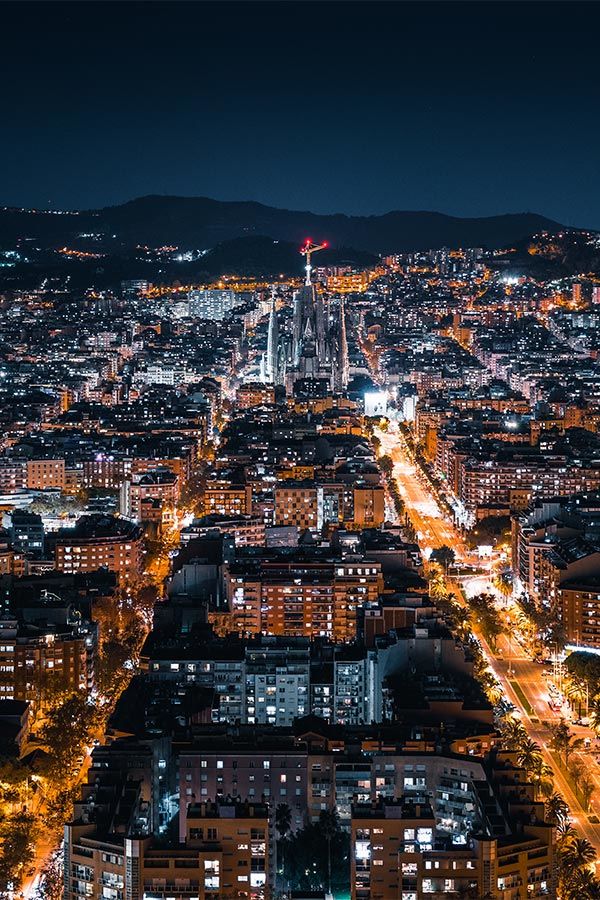
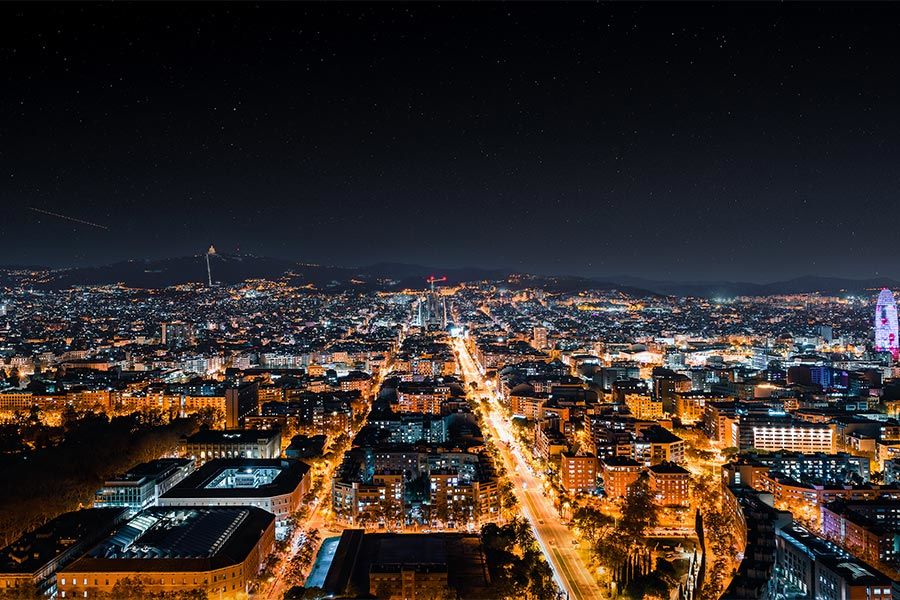
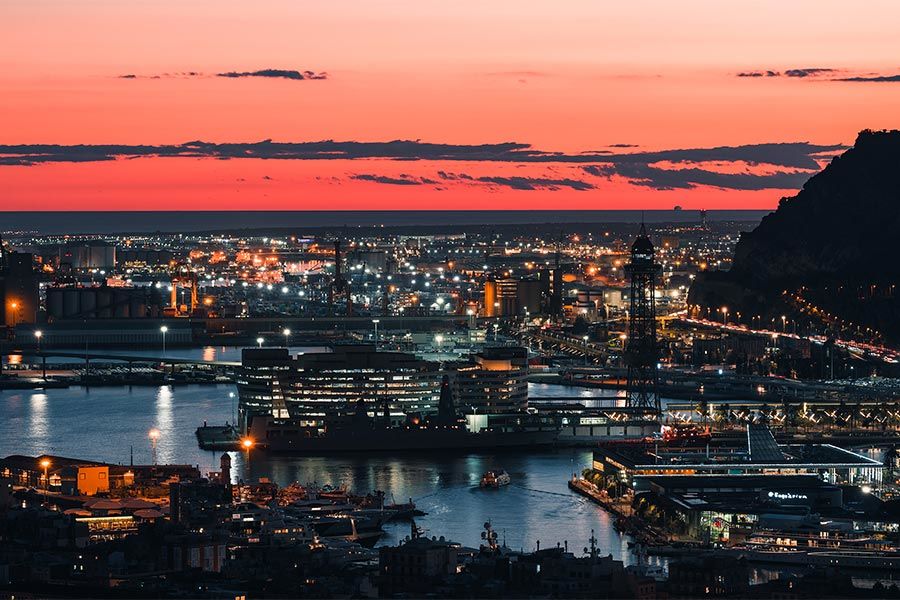
A city of artists
You’ll also find the Picasso museum in the Gothic Quarter. This is not the place to go if you’re hoping to see his most famous works – these, of course, are scattered all around the world. But for a real insight into his life and development as an artist, this is a revelation. All of those doves of peace you find in his later paintings are not just symbolic. It turns out Picasso and his father (also a painter) were both pigeon fanciers! There are some fascinating early works (almost everything here has been donated by the artist or his family), films of Picasso at work and (my favourite) a film of the ballet Parade for which he designed the sets and costumes. This is a rare chance to see a Cubist pantomime horse.
While the Picasso museum is housed in adjoining medieval palaces, the Miro museum in Montjuic, is the height of modernism. This is true in every sense. Opened in 1975, the design was by the architect Joseph Lluis Sert (with encouragement from Miro) and was dedicated to Miro’s work. It is also set high above the city with some breath-taking views. Surrounded by gardens, this is a wonderful part of town to spend a day (if you want another museum you could try the Catalan history one alongside many of the Barcelona Olympics buildings). I’d start with the artist, though. Miro’s work comes to life in the white open spaces of the museum and it is hard not to come out infected with his lightness of heart.
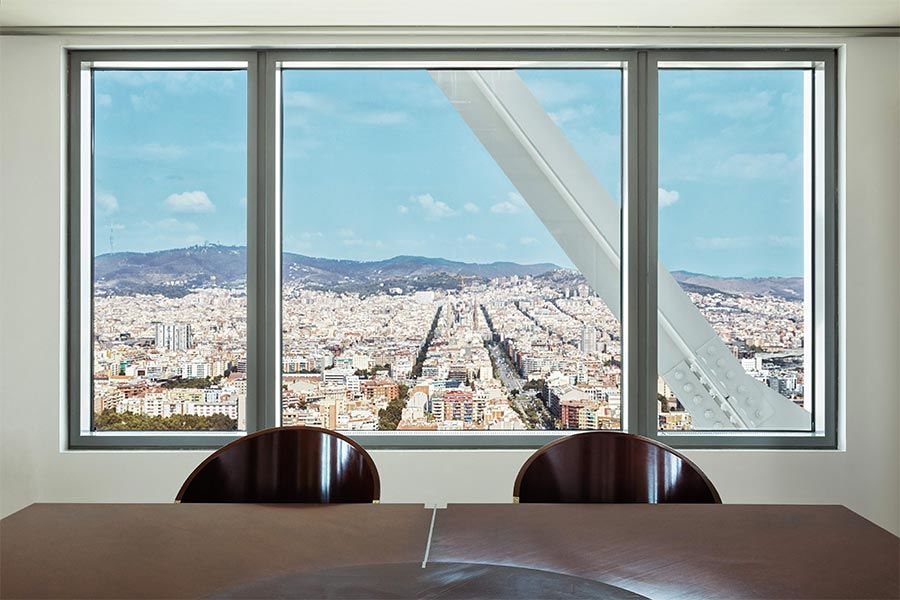
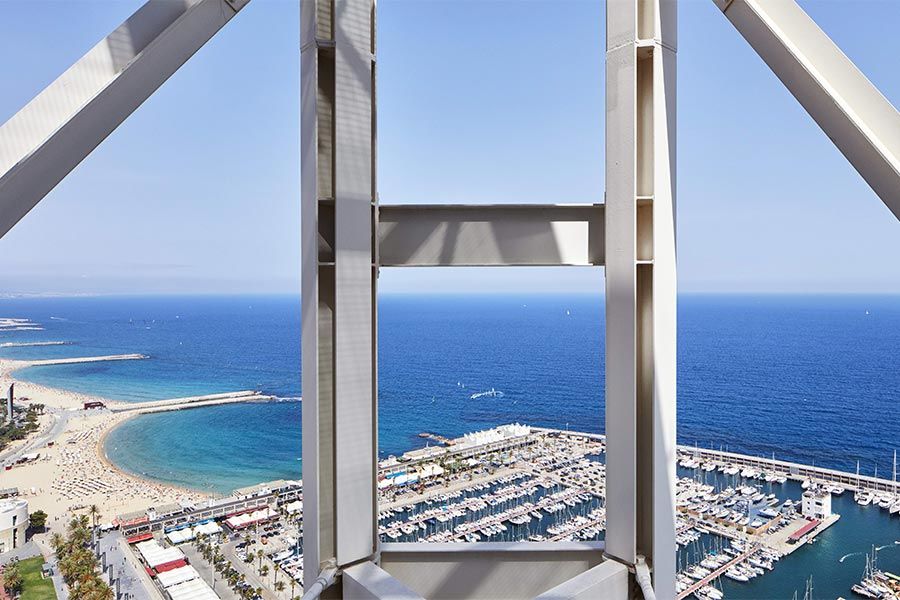
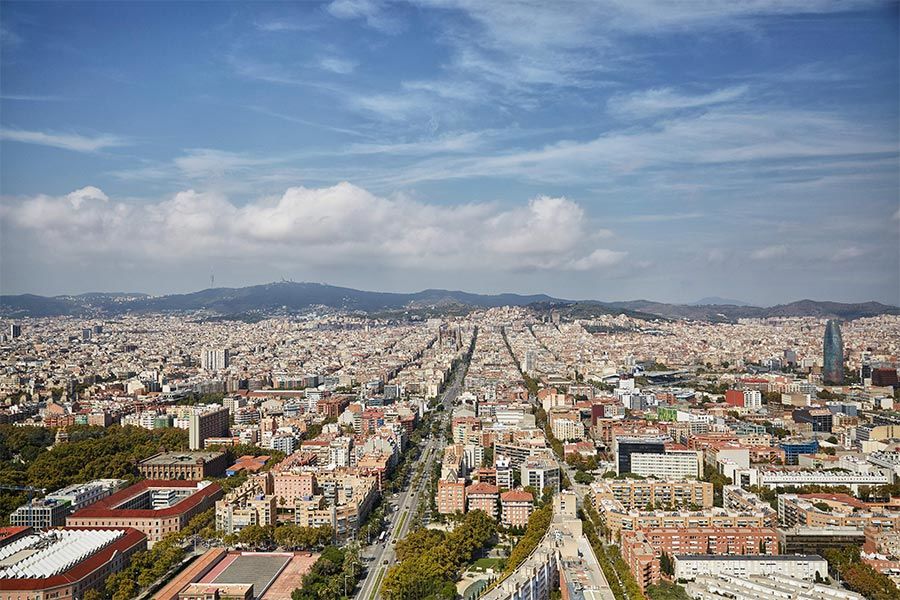
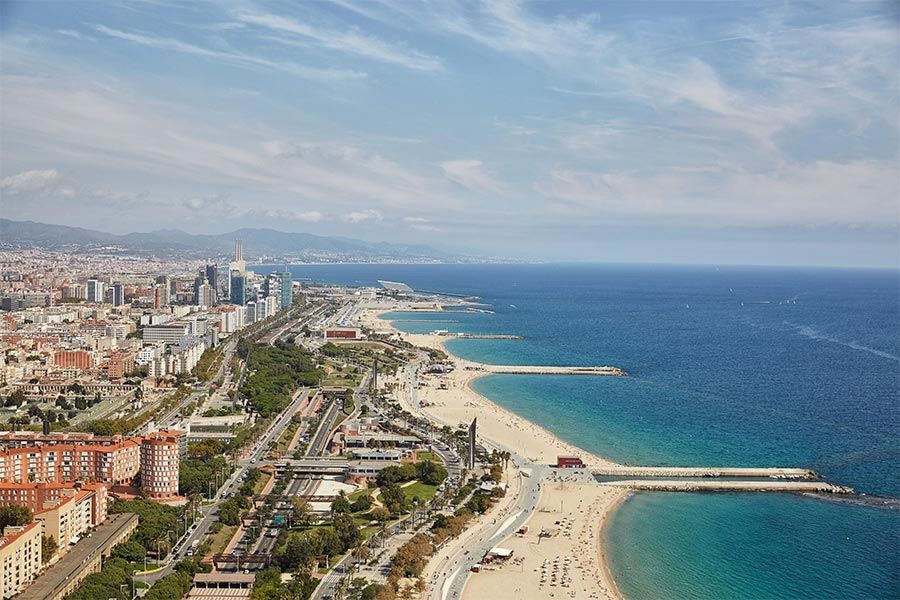
So, yes, there are some inspirational must-sees in Barcelona but, above all, it’s a place to simply relax and enjoy. A long leisurely lunch by the beach on a fine day, perhaps, followed by a stroll along the promenade or the beach (the city has 4.5km of sand). Food is such a pleasure in Spain and this is a nation that likes to spend time lingering at the table. In Placa Reial, the main square of the Gothic Quarter, you can watch the buskers while you eat – everything from small brass bands to tango dancers.
The Gracia quarter is a great place for Sunday lunch. The café tables almost fill the Placa Rius i Taulet but there is space enough left for the Sunday competition to build a human tower – or castell. With the strongest men at the bottom to form a plinth, increasingly lighter members of the team climb – literally – up their team-mates with two children (padded helmets provided) on top. This all takes place in front of the town hall with the mayor regularly appearing on the balcony and the whole square cheering them on. Just the place for a cava and some tapas then. Relax, you’re in Barcelona.
Anna’s flights were kindly provided by easyJet, which flies from Gatwick to Barcelona up to seven days a week.
Next steps
Book a fabulous break in Barcelona by calling our Silver Travel Advisors on 0800 412 5678. You’ll be relaxing in no time!











